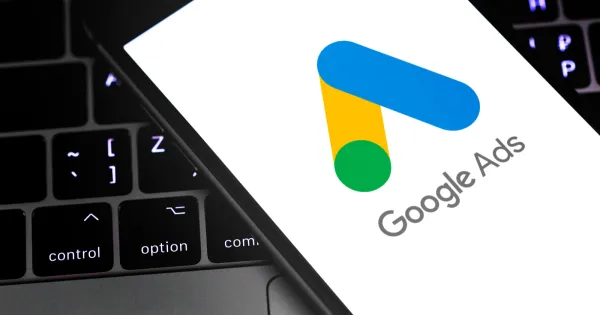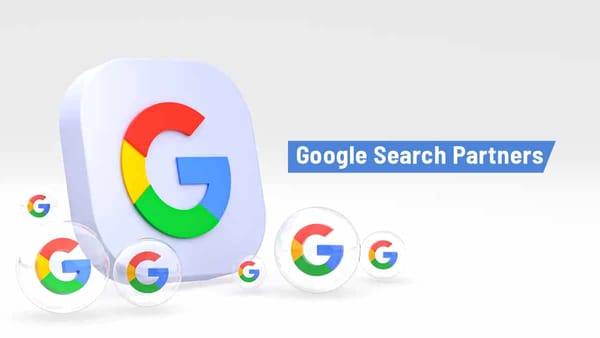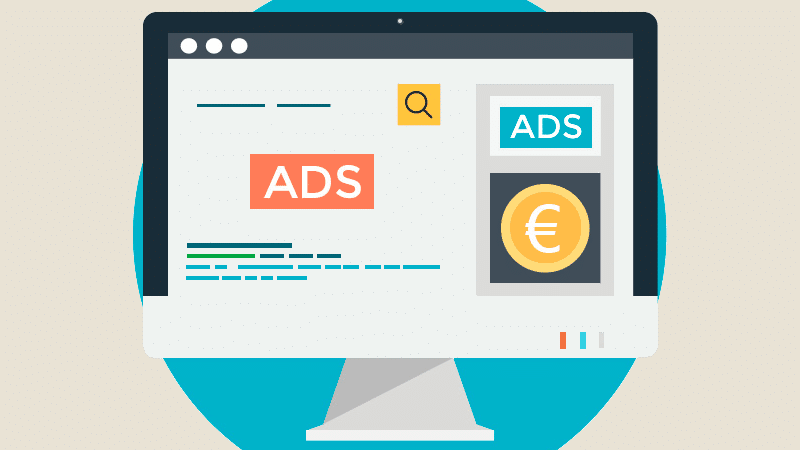How Instagram Ads Charge Businesses – Pricing & Cost Breakdown

Introduction
Instagram Ads have become an essential marketing tool for businesses aiming to reach a wider audience and drive conversions. However, understanding how Instagram charges for ads is crucial for setting the right budget and maximizing return on investment (ROI).
This guide explains how Instagram Ads charge businesses, covering bidding models, cost factors, and ways to optimize ad spending.
1. How Instagram Ads Charge Businesses
Instagram Ads run on a bidding system, meaning businesses compete for ad placements based on their budget and ad quality. The platform offers different charging models:
- Cost-Per-Click (CPC) – Charged when users click on the ad.
- Cost-Per-Mille (CPM) – Charged per 1,000 impressions (ad views).
- Cost-Per-Engagement (CPE) – Charged when users like, comment, or share the ad.
- Cost-Per-Action (CPA) – Charged based on specific actions (e.g., purchases or sign-ups).
📌 The actual cost depends on factors like competition, ad relevance, and target audience.
2. Factors Affecting Instagram Ad Costs
Several factors influence how much businesses pay for Instagram Ads:
- Ad Objective – Awareness campaigns are usually cheaper than conversion-based ads.
- Audience Targeting – Narrower audiences may cost more due to higher competition.
- Industry & Competition – High-demand industries (e.g., finance, real estate) have higher ad costs.
- Ad Placement – Ads in Instagram Feeds, Stories, and Reels have different pricing.
- Time of Year – Ad costs increase during peak seasons like Black Friday and holidays.
📌 Adjusting campaign settings can help manage costs efficiently.
3. Instagram Ads Budgeting Options
Businesses can control spending with two budgeting options:
- Daily Budget – Sets a fixed amount spent per day.
- Lifetime Budget – Defines the total spend over the campaign duration.
📌 Facebook’s AI automatically adjusts ad delivery to maximize performance within the budget.
4. How to Lower Instagram Ad Costs
To make Instagram Ads more cost-effective, businesses should:
- Use A/B Testing – Test different creatives and audiences to find the most cost-effective ads.
- Improve Ad Relevance Score – Create engaging ads that attract interactions.
- Refine Targeting – Use lookalike audiences and retargeting to reach high-converting users.
- Schedule Ads Smartly – Run ads during low-competition hours for lower costs.
- Leverage Organic Growth – Boost high-performing posts instead of creating new ads from scratch.
📌 Following these strategies ensures businesses get the best value from their ad spend.
Conclusion
Instagram Ads charge businesses based on a bidding model, with costs influenced by audience, competition, and campaign settings. By understanding how Instagram Ads pricing works, brands can optimize their budget, maximize reach, and improve ad performance.
With the right strategy, businesses can make the most of their advertising investment on Instagram.




